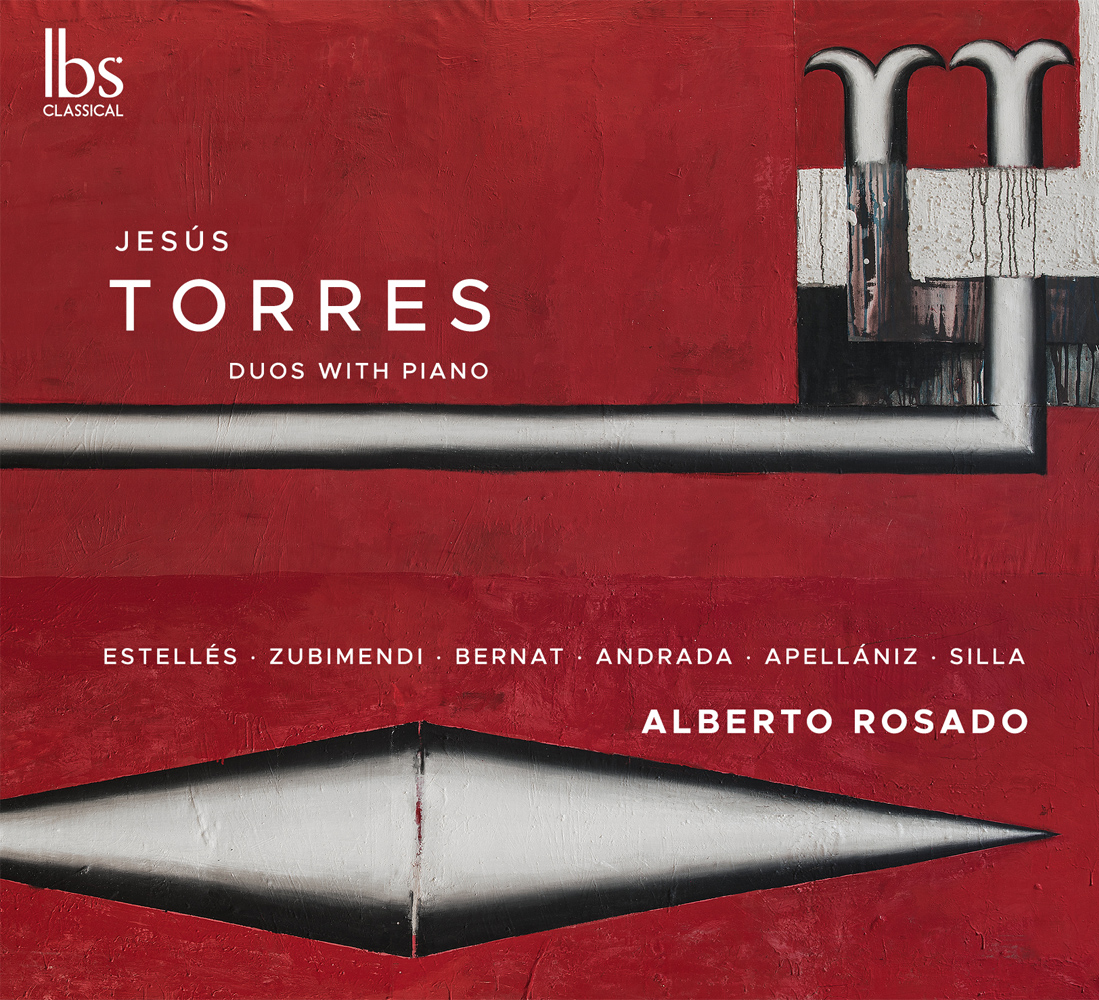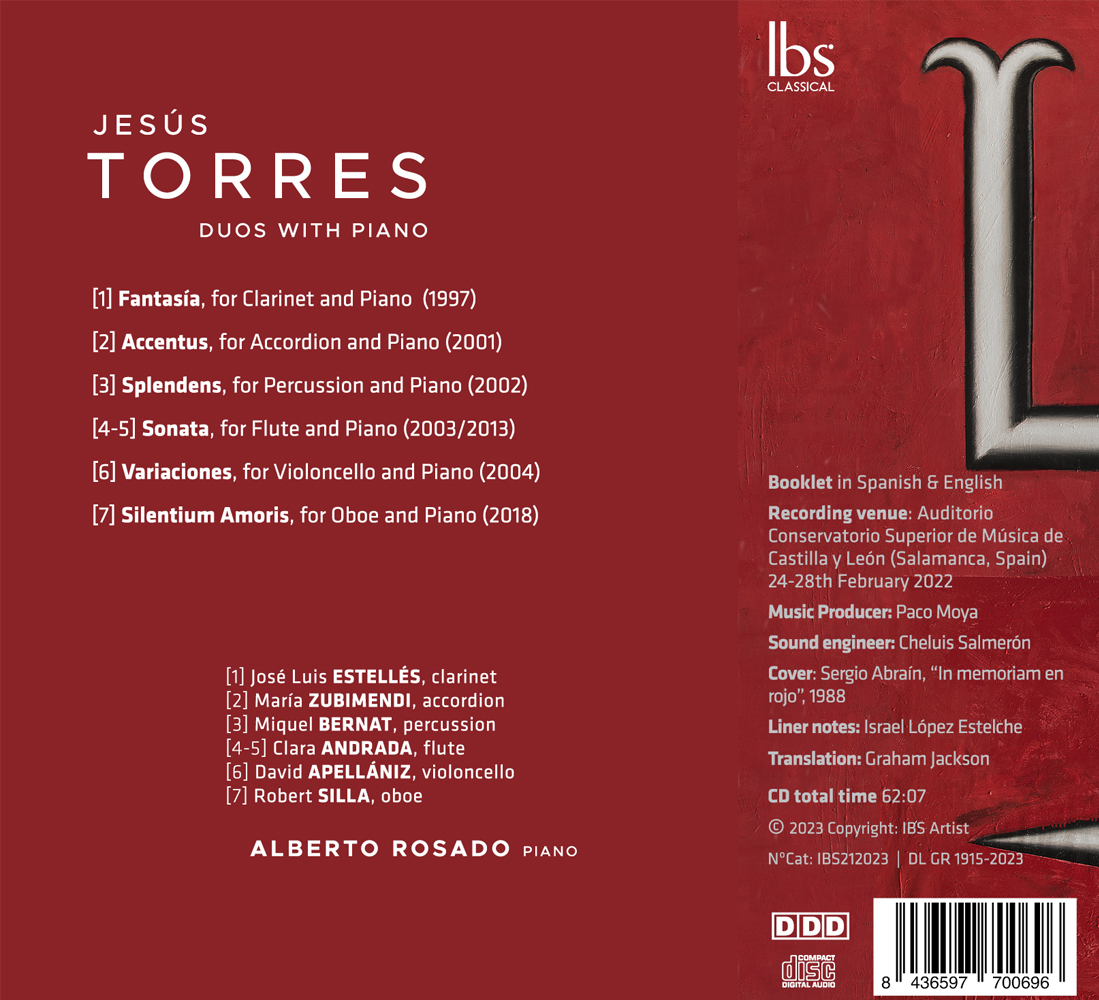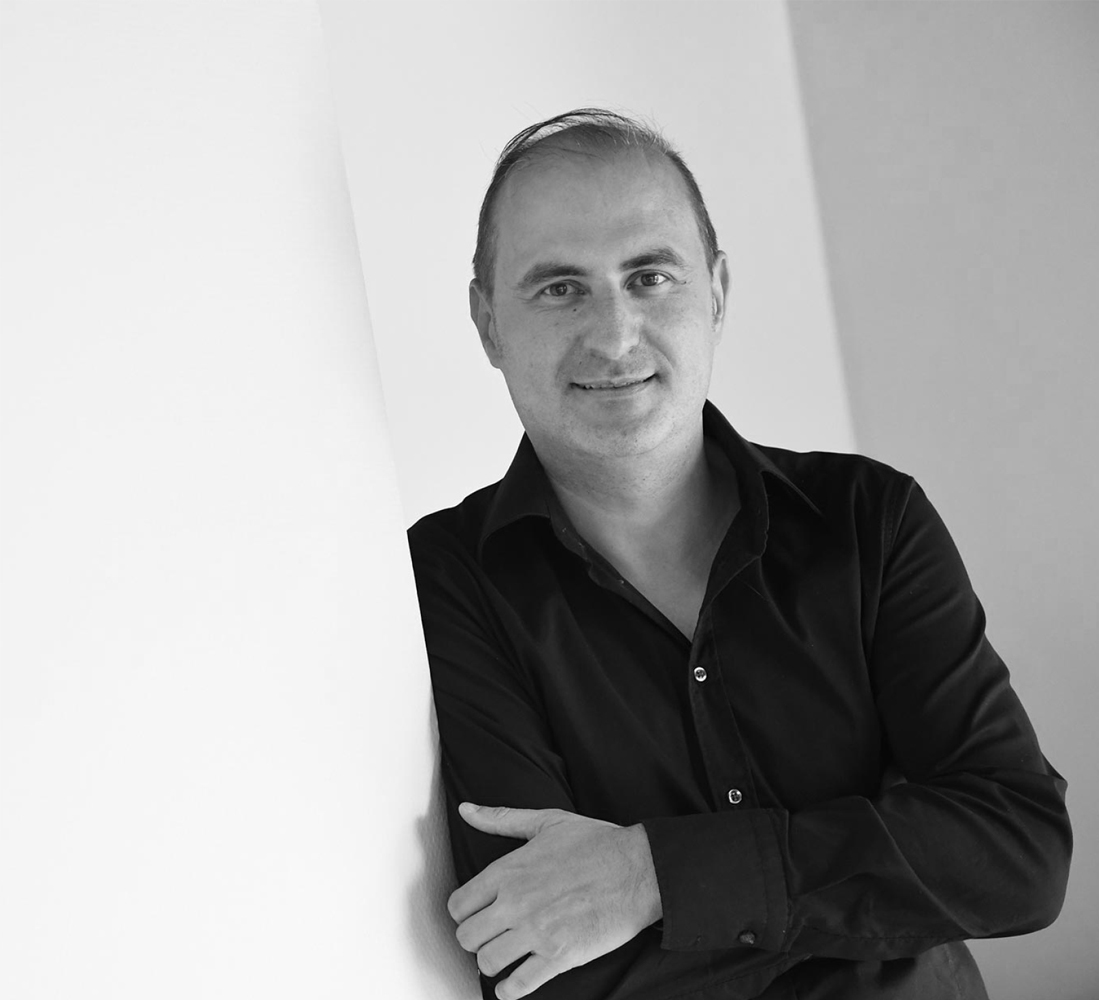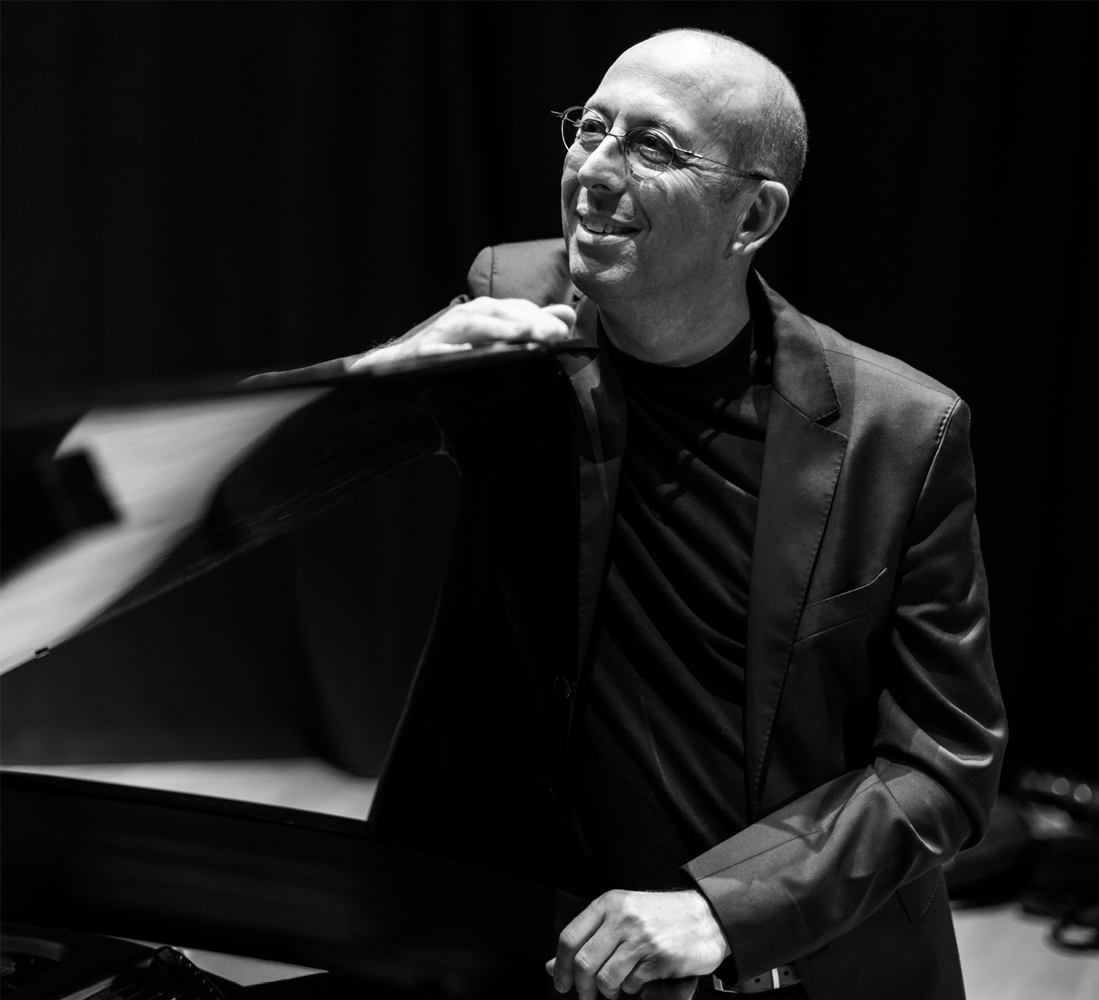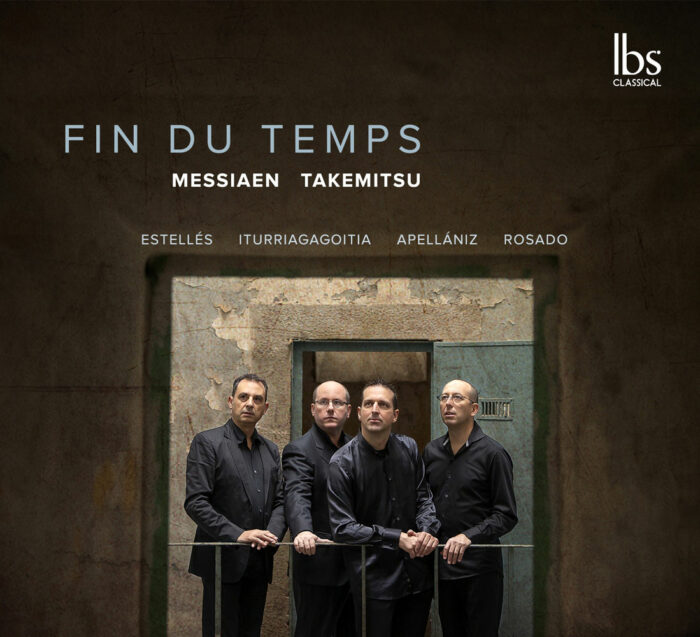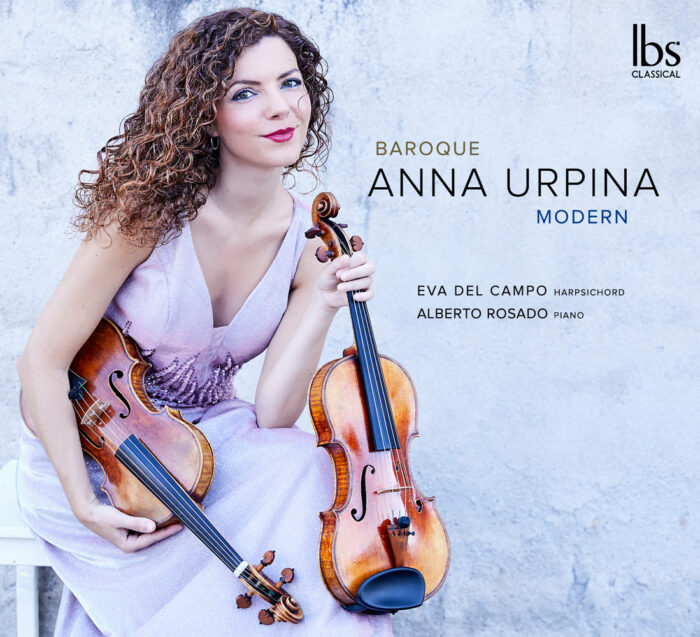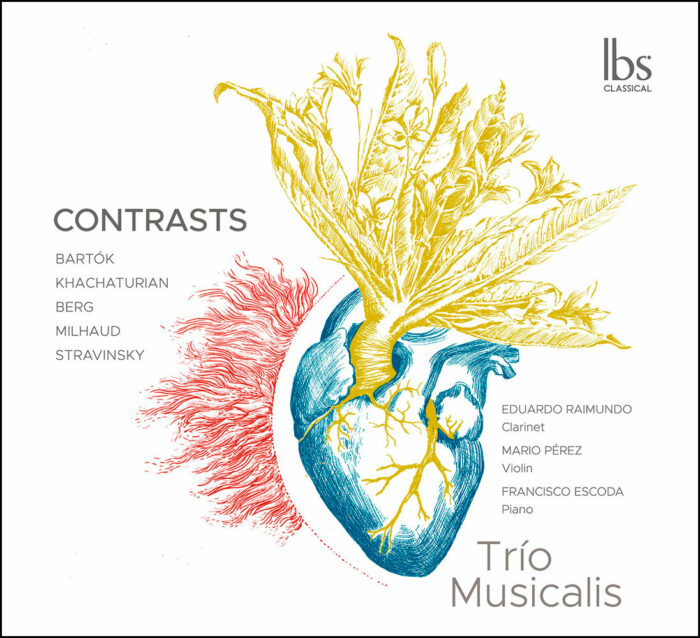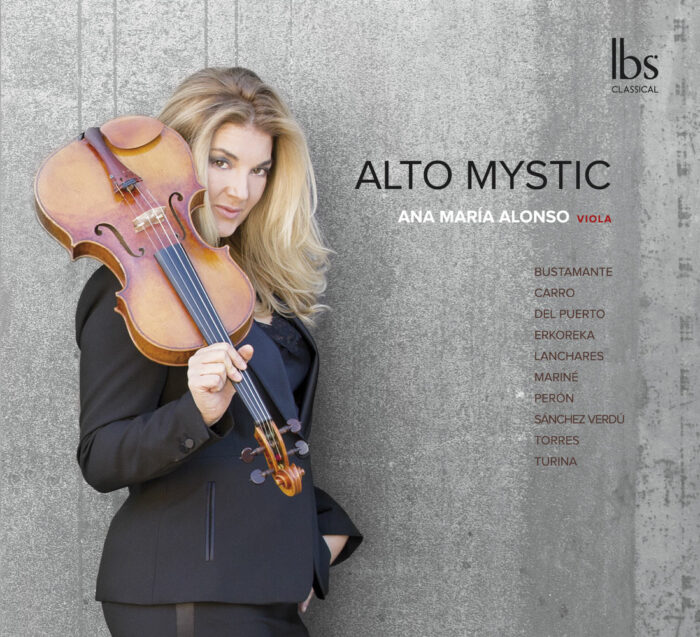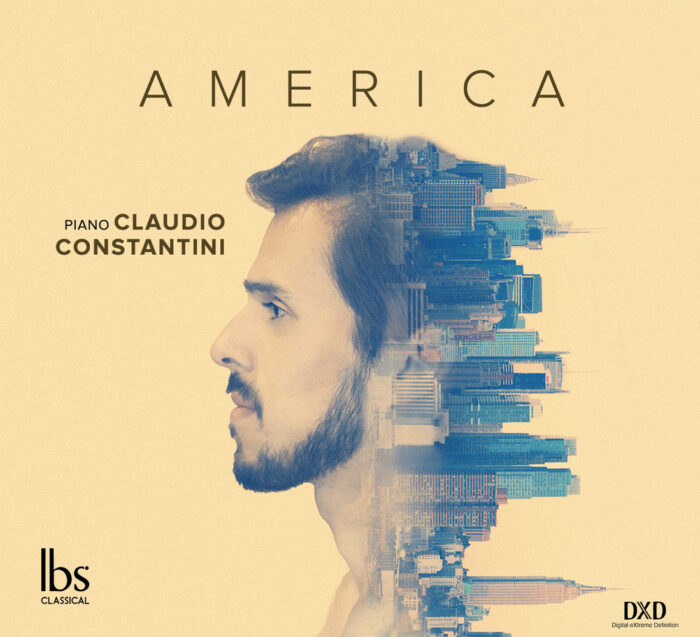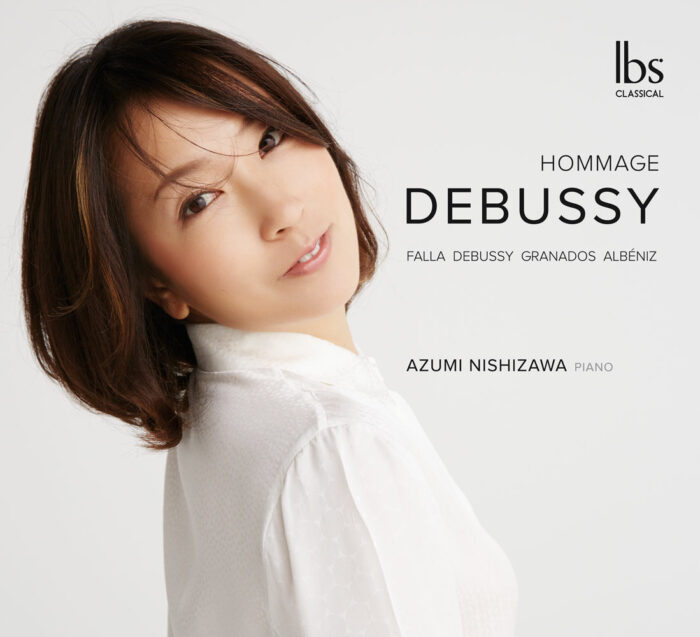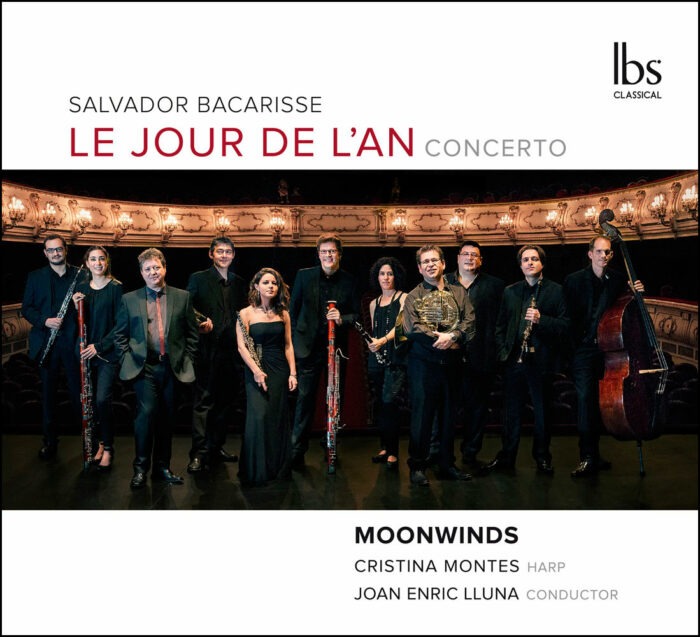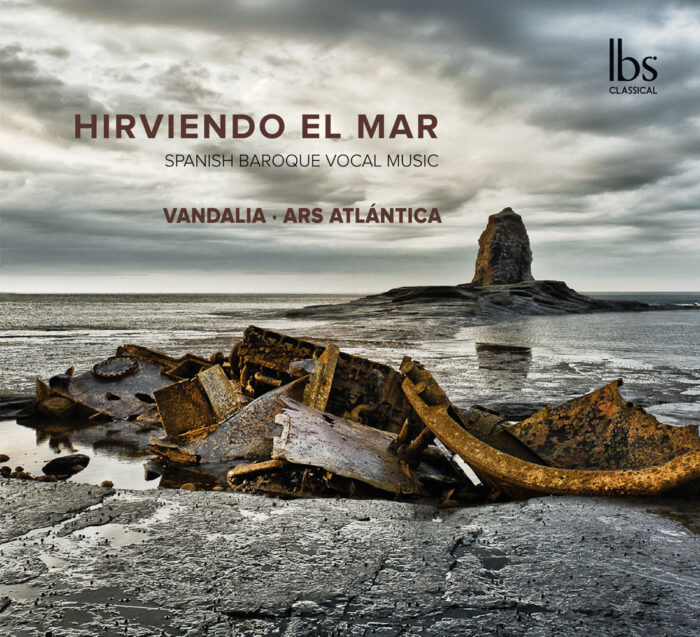Jesus Torres Duos
14,95€
This CD presents itself before us like a photograph, still in development, of a part of the vital outline of Jesús Torres (1965). It shows us his essential characteristics, his concerns, and the solutions he has adopted throughout the more than twenty years covered by this volume (1997-2018). The main body of the work was written between 1997 and 2004, the time of the composition of the Variations for cello and piano, but his resources already outline and anticipate a future whose culmination -at least for the moment- we can see in his vocal music and his opera, Tránsito 2020. And not only that, he also takes us into his personal relationships with musicians with whom he shares trajectory and who have been patrons of his music. Torres composes with specific musicians in mind, amplifying their technical and expressive qualities.
14,95€
J. Torres: Duos with piano
This CD presents itself before us like a photograph, still in development, of a part of the vital outline of Jesús Torres (1965). It shows us his essential characteristics, his concerns, and the solutions he has adopted throughout the more than twenty years covered by this volume (1997-2018). The main body of the work was written between 1997 and 2004, the time of the composition of the Variations for cello and piano, but his resources already outline and anticipate a future whose culmination -at least for the moment- we can see in his vocal music and his opera, Tránsito 2020. And not only that, he also takes us into his personal relationships with musicians with whom he shares trajectory and who have been patrons of his music. Torres composes with specific musicians in mind, amplifying their technical and expressive qualities. Thus, the Fantasía for clarinet and piano is dedicated to Rafael Albert and Francisco José Segovia; Accentus to Iñaki Alberdi, promoter of all his music for accordion; Silentum Amoris, to Sarah Roper, etc.
The technical and expressive maturity of works such as the Fantasía for clarinet is surprising -to say the least-: a language already formed, solid and unambiguous, which allows him to move towards less explored fields in later works. From there, the approach to extended techniques becomes more fluid in the Sonata for flute and piano, polymetric games in Splendens or the search for new articulations and timbral fusions in Variations, which increase Torres’ expressive palette. All of them serve as testing grounds – what work is not? – for the progressive filtering towards Silentum Amoris (2018): a music without artifice, in search of the essential, suppressing all excess; expressive, vocal, dramatic at times and poetic from the root.
There are in Torres several constants that run through his style regardless of the period and which, of course, these works contain. A series of characteristics that can be traced back to some of his teachers -Luis de Pablo in particular- and that he shares with some of his generational colleagues: the revaluation of traditional elements. It can be seen especially in the way melody, textural hierarchies and harmony propose new ways of relating between elements, on the basis of an already made path; of a heritage that is not an anchor, but a springboard.
Just to give a few examples, the traditional idea of the development of melody and phrasing through the process «impulse – stabilisation/development – recovery» is widely used, but from a new point of view. Torres cuts, overlaps, or extends this path according to his expressive needs, either by prioritising an instrument, using one of them to interrupt or extend, or even in parallel overlapping. The same happens with harmony. If we listen to the pieces diachronically, we will notice the use of traditional elements -tonal and modal especially- (triads, chords with extensions, constructions by fourths and fifths, etc.) more and more clearly, however, its handling is far from the functional, tonal one. On the contrary, Torres uses these chords as sonority, giving two extended functions to this series of aggregates: timbre-function and structure-function. The timbre-function extends the concept of «timbral chords» used by the avant-garde through more open and euphonic sonorities, objectifying its use like a brief flash that dissolves almost at the moment of its appearance and whose use we see continuously in iconic pieces of his catalogue, such as Manantial de Luz (2007) or the Violin Concerto (2011). And the function-structure of this type of chord in specific moments of the work, helps us to easily follow the development of the piece.
Referring to the textural and the relationship with the instruments, it is impressive to see the technical skill with which he usually expands the traditional duo relationship. Throughout the recorded works, the listener will observe how, especially through the piano as common relator to all of them, both the texture and densities are enlarged through the registers, leaving gaps (Accentus), unifying the trajectory of the phrasing (Sonata for flute), alternating empty rhythmic spaces that turns listening into a dizzying journey through the timbre (Splendens) or sharing registers (Variations and Fantasía) creating new instruments, in suggestive heterophonic interactions.
The piano, a basic instrument in the composer’s catalogue, is used in ways that, while connected with tradition, is taken a step further. We can summarise them in four: holding, decoration, impulse and gathering. Torres finds the most original forms of interaction without losing the sense of form with five elements: The acciaccaturas, the chord blocks -open or closed-, moto perpetuo, the multiplications of lines and the fluid continuity of the previous instrument.
Because finally -at least, humbly, for the one who writes this- Torres’ music is in search of fluidity, a constant curved stroke, irregular, but unitary and unidirectional. It describes a linear thought, which avoids blocks. There are no tangential thoughts or gestures, but a path whose lines constantly bifurcate and unify: a multiplication of paths. That is why the resonances are so important and the use of the pedal in the piano or the dialogues between registers, phraseological borrowings, etc. must be so scrupulous. Or that the rhythmic writing consciously flees from pulsation. The instruments seem to float over a reference that exists, but is not appreciated, leading the listener to a tense, expressive, nuanced and long-breathed listening.
The technical difficulties of this repertoire are extremely taxing. Fortunately, for this CD, Alberto Rosado, promoter of the project, has brought together a group of exceptional performers, who offer absolutely brilliant interpretations. José Luis Estellés (Fantasía for clarinet and piano), Miquel Bernat (Splendens), María Zubimendi (Accentus), David Apellániz (Variations for cello and piano), Clara Andrada (Sonata for flute and piano) and Robert Silla (Silentum amoris) all make their corresponding interventions in exquisite and referential versions. Because after all the technical difficulties of this music, the desired reward comes to the fore. Torres offers unsurpassable moments of expressive beauty that take the performer and, therefore, the listener, to the expected Ithaca: towards pure enjoyment.
Jesús Torres
His catalogue consists of 135 compositions and includes twenty orchestral works and numerous works of chamber music for the most varied types of ensembles. A special interest of his is setting texts to music, above all the poetry of Vicente Aleixandre, alongside that of other literary figures including San Juan de la Cruz, Jorge Manrique, Santa Teresa de Jesús, Góngora, Lope de Vega, Quevedo, Rubén Darío, Juan Ramón Jiménez, Miguel Hernández, Juan Eduardo Cirlot, Leopoldo Panero, Antonio Carvajal, Fermín Cabal and Alejandro Duque Amusco.
His pieces have been performed in numerous countries at festivals and in concert series, including at the Venice Biennale, Wiener Konzerthaus, Musica 99 Strasbourg, Lucerne Festival, Musikfestspiele Saar, Ars Musica Brussels, Prèsences 2000 of Radio France, Gare du Nord Basel, Ultraschall Berlin, Konzert Theater Bern, the Sibelius Academy in Helsinki, the Khumo Festival, Quincena Donostiarra, Festival Transart, Festival de Marvâo, Schwetzinger Festspiele, the SIMC Festival in Copenhagen and Bucharest, Festival de Alicante, the UNESCO International Rostrum of Composers (2001 and 2008), PRIX Italia, Música de Hoy, Time of Music of Vitassari, Festival Spaziomusica in Cagliari, the Mostly Modern Series in Dublin, the Royal Academy in London, Gaudeamus Music Week, Festival Manca in Nice, Ibermúsica, Prague Premieres 2008, Sound Ways Festival St. Petersburg, Festival Puentes de México, Festival Latinoamericano de Caracas, etc. He has received commissions from both private and public institutions including: INAEM (Spanish Ministry of Culture), Teatro Real, Fundación BBVA, Siemens Stiftung, the Gaudeamus Foundation (Amsterdam), the Kaleidoscope Programme (of the EU), the Comunidad of Madrid, the Colegio de España in Paris, The Associated Board of the Royal Schools of Music, the Aula de Música in Alcalá de Henares, the Spanish Radio and Television Symphony Orchestra, Fundación Canal, the «Cadaqués Orchestra» Conducting Competition, the Spanish National Orchestra, the Nacional Youth Orchestra of Spain, Institut Valencià de la Música, the Basque Government Department of Culture, Cameralia 2007, O.R.C.A.M., the Teatro de la Zarzuela, FestClásica, Semana de Música Religiosa de Cuenca, Orquestra Simfònica de Barcelona i Nacional de Catalunya, Fundación Hazen Hosseschrueders, Fundación Siglo, Sociedad Estatal de Conmemoraciones Culturales (SEEC), Program for Cultural Cooperation (University of Minnesota), etc. He has also received commissions from numerous performers.
Alberto Rosado
Born in Salamanca in 1970, Alberto Rosado belongs to a generation of performers trained in a classical repertoire and committed in a special way to contemporary music. He has given recitals in the main cities and festivals of Europe, America and Asia and has performed as soloist with the Orquesta Nacional de España, Bamberg Symphony, RTVE Symphony, Castilla y León Symphony,
Seville Philharmonic and Gran Canaria Philharmonic, ORCAM, Mexico City Philharmonic, OFUNAM (Mexico), Cordoba Symphony Orchestra (Argentina), JONDE, PluralEnsemble, UMZE (Budapest), Proyecto Guerrero and Modus Novus, and conducted by Péter Eötvös, Susanna Mälkki, Josep Pons, Jonathan Nott, Fabián Panisello, Rafael Frühbeck de Burgos, Pedro Halffter, Arturo Tamayo, José Ramón Encinar, Zsolt Nagy, José Luis Temes, Massimo Quarta, Hadrian Ávila, Philip Greenberg and Carlos Riazuelo, among others.
He has been interested in contemporary music throughout his career, but it is in the last two and a half decades that his activity has focused on the music of today. He then began a close relationship with composers such as Boulez, Lachenmann, De Pablo, Halffter, Hosokawa, Eötvös, López López and many others, both as a soloist and as a member of Plural Ensemble, of which he has been a member since 1999. Currently, and as a result of intense research work, part of his activity in the field of contemporary music is dedicated to the dissemination of works for piano and electronics.
His recordings include the Concerto for piano and orchestra and the Movements for two pianos and orchestra by José Manuel López López López with the Deutsches Symphonie Orchester conducted by Johannes Kalitzke, for Kairos, the complete works for piano by Cristóbal Halffter and those by José Manuel López López López with Verso, a label that also released an album with works by Messiaen, Ligeti, Takemitsu and Cage. He has recorded three monographs, with Plural Ensemble, dedicated to Fabián Panisello (col legno), César Camarero (Verso) and José Manuel López López (NEOS), as well as an album with the Orquesta Sinfónica de Castilla y León with works by Antonio José for the Naxos label. He has also recorded Dipolo, together with cellist David Apellániz, as part of the collection Compositores españoles y latinoamericanos de música actual de la Fundación BBVA in collaboration with the Verso label. He has also performed Ligeti’s Piano Concerto with Plural Ensemble, published by the NEOS label and the BBVA Foundation, and with Claron McFadden he has recorded Homenaje a Martha Graham by Ramón Humet, with poems by Mario Lucarda, for the NEU label. His most ambitious project to date is e-piano_video&electronics, a CD- DVD distributed by the IBS Classical label with the collaboration of the BBVA Foundation and featuring the most recent music for piano, electronics and video by Fuentes, Paredes, Humet, Estrada, Edler-Copes, Morales-Ossío and Navarro. His recording Fin du Temps, with the Messiaen and Takemitsu quartets together with José Luis Estellés, Aitzol Iturriagagoitia and David Apellániz, released on the IBS-Classical label, has been unanimously acclaimed by national and international critics. His most recent recording is the music for trio by the Mendelssohn brothers with Alejandro Bustamante and Lorenzo Meseguer for Play Classics.
For five years he has been a guest professor at the Universidad Católica de Santiago de Chile and the Universidad de Santiago, as well as at the Centro Nacional de las Artes in Mexico and the UNAM in Mexico City. He teaches chamber music, contemporary piano, teaches the master’s degree in piano and coordinates the Contemporary Music Workshop at the Conservatorio Superior de Música de Castilla y León.
